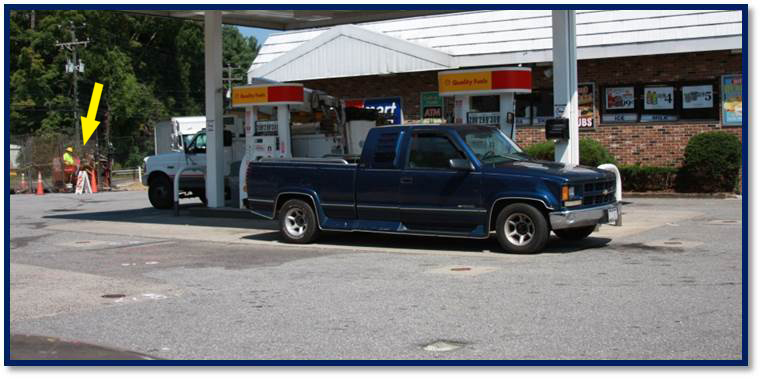 After months of investigation and evaluation, a conceptual remedial design arrives on your desk with a vertical technology application. The conceptual approach effectively meets the remedial objectives. On the other hand, the costs exceed the client’s environmental budget. Moving the project forward becomes more of a challenge.
After months of investigation and evaluation, a conceptual remedial design arrives on your desk with a vertical technology application. The conceptual approach effectively meets the remedial objectives. On the other hand, the costs exceed the client’s environmental budget. Moving the project forward becomes more of a challenge.
The project manager and remedial design engineer have the best interests of their client in mind. How can another remedial approach achieve the desired outcome while reducing costs?
If you are reviewing a remedial application with five (5) or more vertical wells or points, have you considered horizontal wells?
Horizontal wells have been used on many remedial applications for over 30 years. This has included, but has not been limited to, soil vapor extraction (SVE), air sparging, groundwater extraction, in situ chemical oxidation (ISCO) amd other proven remedial technologies.
Besides eliminating costly trenching while avoiding disruption to active operations, horizontal wells have established a track record in expediting closure and reducing long-term operational and maintenance (O&M) costs. Whereas vertical technology is limited to a few feet of well screen in contact with the target zone of treatment, horizontal wells encompass hundreds of feet of well screen and are directionally advanced for ideal placement.
More and more frequently, DTI is reviewing remedial applications where vertical approaches were deemed too costly.
In having a keen understanding of environmental remediation technologies, DTI has applied and transferred these technologies from the vertical to the horizontal profile.
